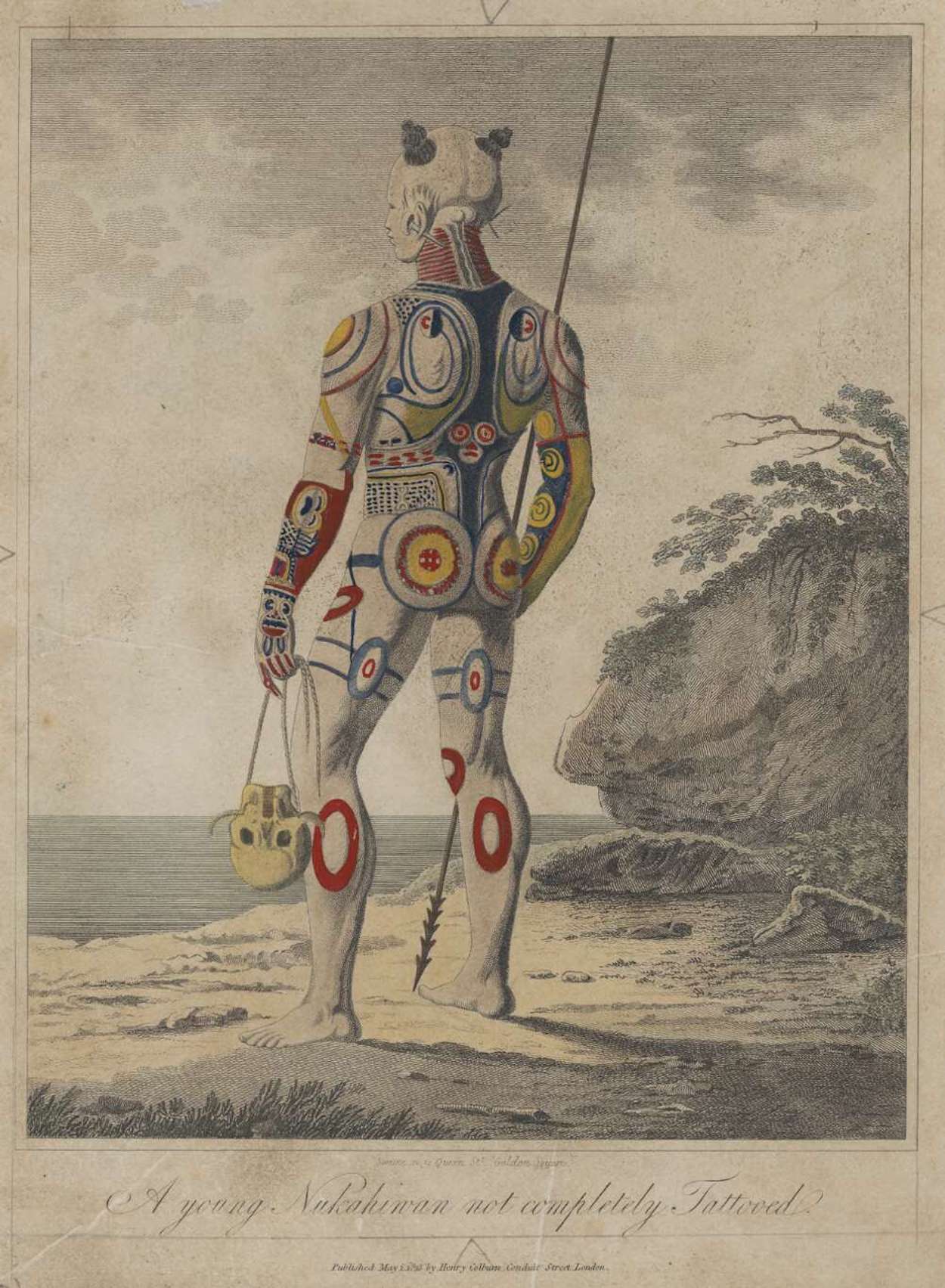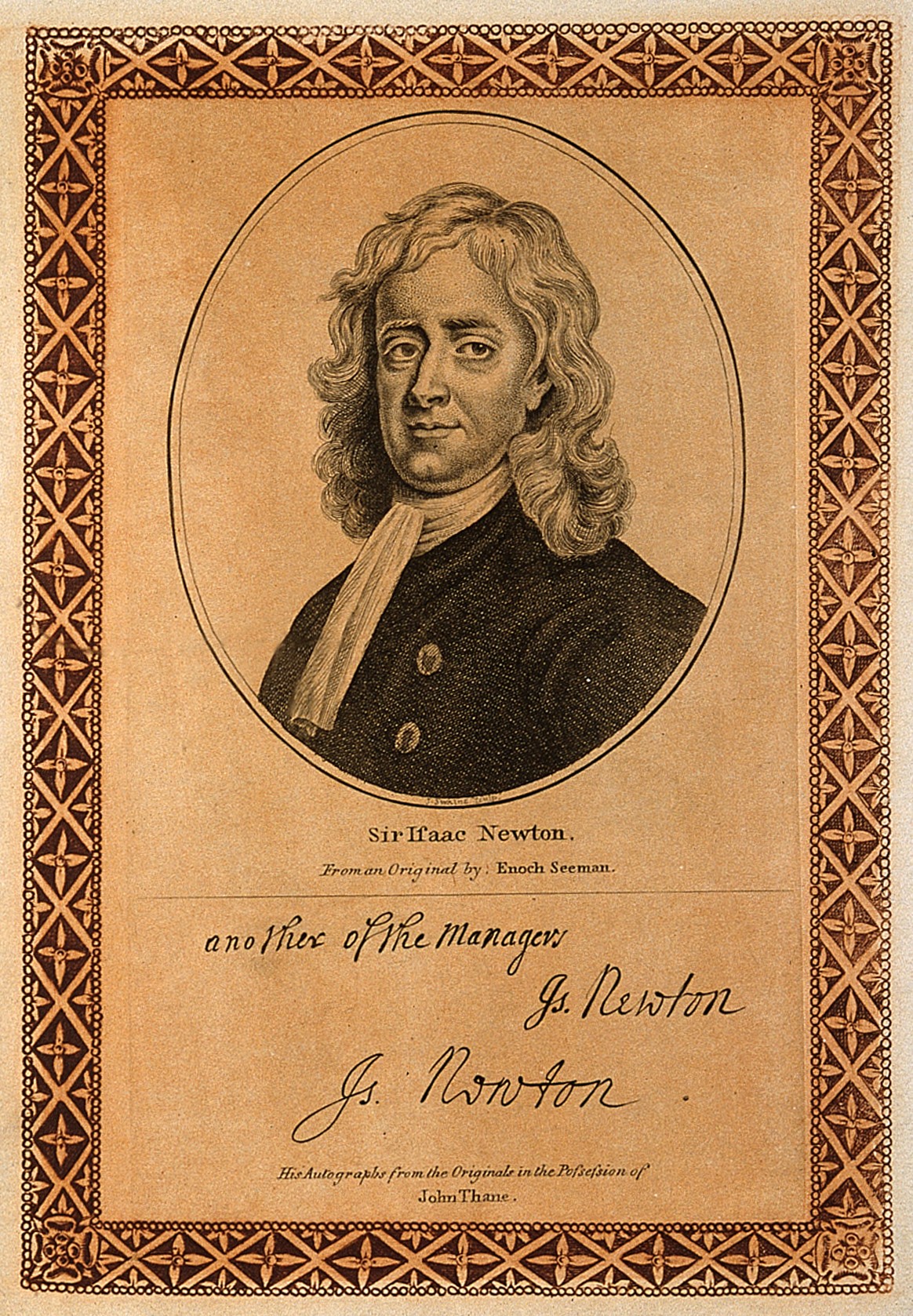By Taiohae Bay, a young Marquesan Toa gazes at the sea's infinity, challenging whatever is to come. He carries a spear and a skull, fearsome symbols of war accomplishments, and in his skin you can read a unique story.
Tattoos are a medium of expression as old as art itself, and although used across cultures, few are as impressive as in the Marquesas Islands' tradition. When the explorer Adam Johann von Krusenstern travelled to these islands eight hundred miles northeast of Tahiti, he was accompanied by the artist Wilhelm Tilenau, who sketched a series of fascinating engravings that would illustrate the voyage and document this form of body art.
Ultimately a temporary piece of art, tattoos are arguably the most intimate form of painting. Not only because it becomes part of the carrier, tattoos are about stories, like any other decision it stays carved as an unremovable line determined by every choice one had to face. In the surprising randomness of living, tattoos carry the people, experiences, ideas, and events that shaped us.
This Island is a great metaphor for the intertwined events that have inked the pages of art history, and in a way tattooed us all, having given us the lines of modern aesthetics. Herman Melville, the literary colossus, spent a month on the island, his experiences formed the basis of his first book, Typee, for which he was known until the early 20th century, when Moby Dick was rediscovered. Eager to discover the places that had inspired the book, Jack London visited the island, only to be disappointed by the legendary warriors’ illnesses they had caught from travelers. This experience would also inspire his tales.
Disillusioned with "too civilized" Tahiti (his words), Gauguin arrived at the Marquesas Islands in 1901. Fascinated by Marquesan art, Gauguin assimilated its imagery into his painting. Even his grave was adorned by a Marquesan 'Tiki', a piece very appreciated by Picasso, who included one in his private collection. After all, Marquesan Tikis were the kind of Pacific sculptures that had inspired the modernist movement.
Take a long look at yourself; even if you fail to find any tattoos, you are formed amidst the cultural lines of a young Marquesan, not totally tattooed, staring at a sea of possibilities.
- Artur Deus Dionisio


 John Swaine
John Swaine